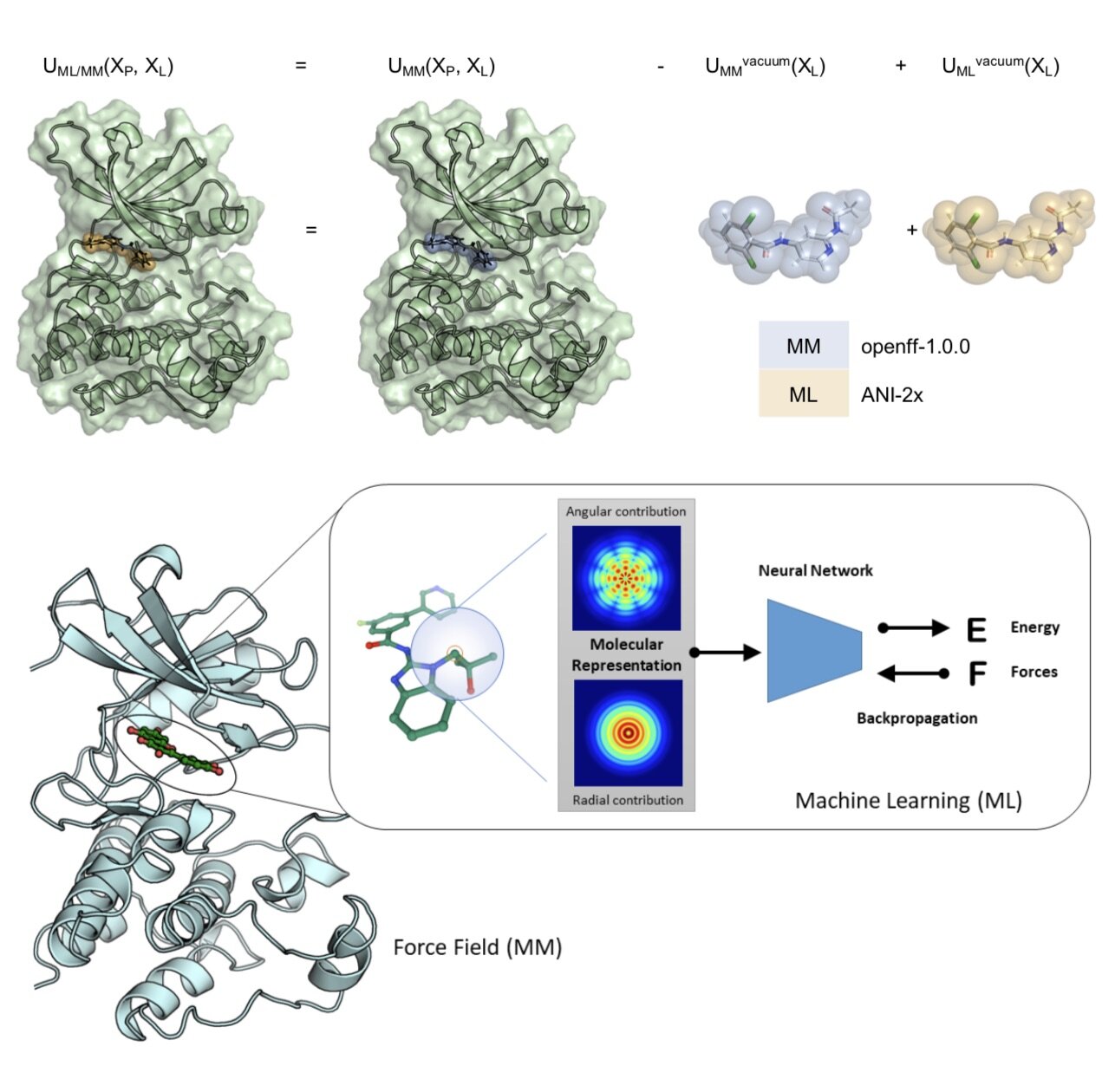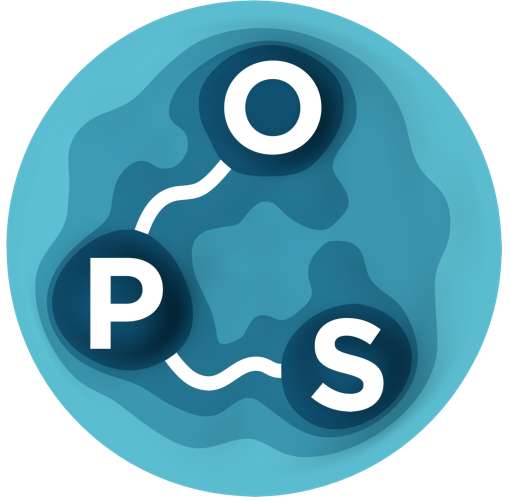Best practices for alchemical free energy calculations
/Mey ASJS, Allen B, Bruce Macdonald HE, Chodera JD, Kuhn M, Michel J, Mobley DL, Naden LN, Prasad S, Rizzi A, Scheen J, Shirts MR, Tresadern G, and Xu H.
Living Journal of Computational Molecular Sciences 2022 [DOI]
[arXiv] [GitHub]
This living review for the Living Journal of Computational Molecular Sciences (LiveCoMS) covers the essential considerations for running alchemical free energy calculations for rational molecular design for drug discovery.




















